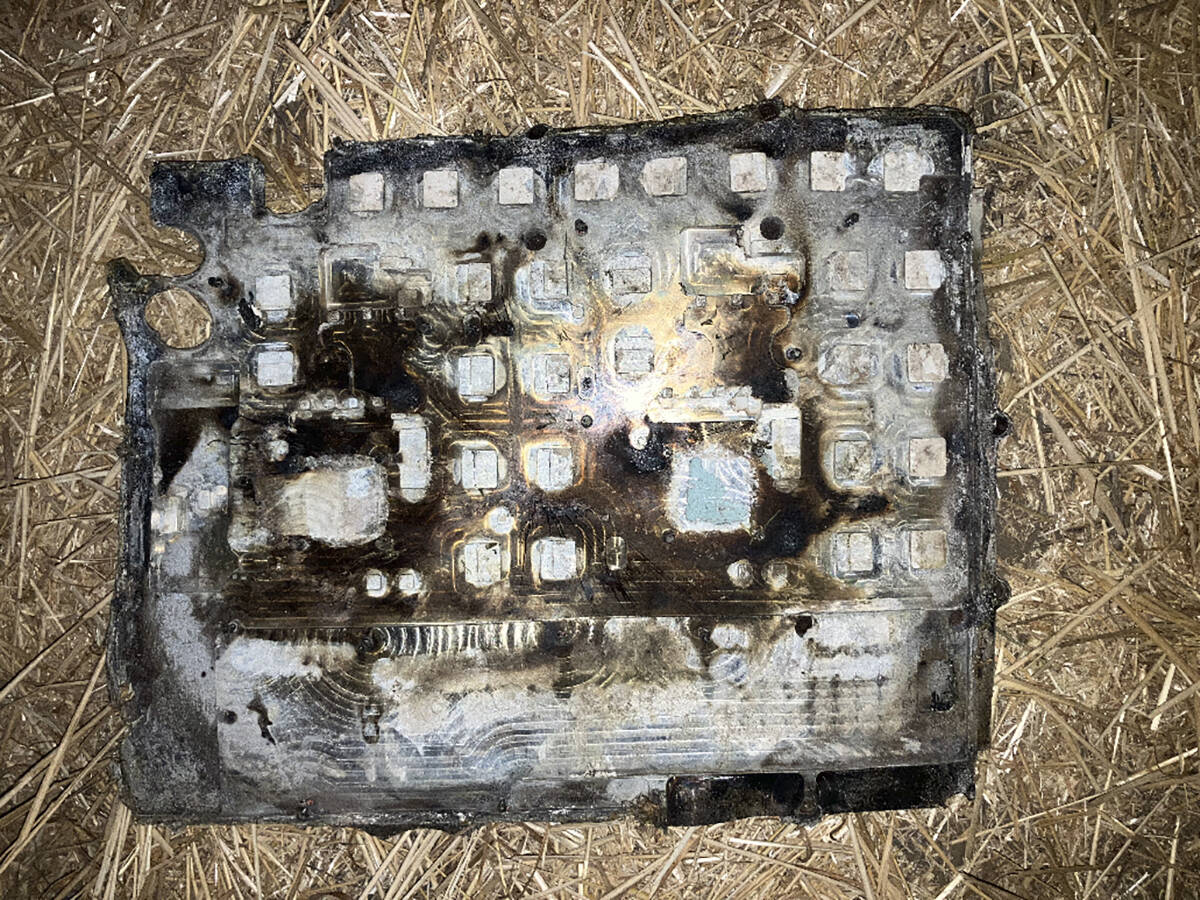While flashy high-tech science and space age research techniques get most of the attention, sometimes it’s old-fashioned technologies that produce the benefits.
Take canola.
While research into new canola varieties and improved canola oil involves the latest in genetic engineering, work on developing a better canola meal is taking place at a more mundane level.
Whether it’s dehulling canola seed to boost protein and reduce fibre content, developing a concentrated high-protein canola meal for fish feed or treating meal so dairy cows can make better use of the protein, existing technologies are being used to make better use of canola meal.
Read Also

Farmers asked to keep an eye out for space junk
Farmers and landowners east of Saskatoon are asked to watch for possible debris in their fields after the re-entry of a satellite in late September.
And research results presented to the annual convention of the Canola Council of Canada by Dave Hickling, director of feed technology at the Canadian International Grains Institute, shows there is money to be made.
The only question, he said, is whether it’s enough.
For example, dehulling canola seed in order to reduce fibre levels and boost protein content in the meal is a common practice in Europe. Studies have shown that it can increase the value of the meal by anywhere from 15 to 30 percent.
Not always economical
But Hickling said that from the processors’ point of view, that’s not enough to outweigh the extra processing costs involved.
“There has been an honest attempt to make it work, but I just don’t think that the economics have justified it,” he said.
“I think most people in the industry would say that.”
Work is also being done to remove all the fibre from the canola seed in order to produce a high protein concentrate that can be used as fish feed for the rapidly expanding aquaculture industry. The protein level is boosted to 63 percent, compared with 35 percent in regular canola meal.
Becoming more profitable
The process is complex and expensive, but as fish meal prices continue to rise the economics are looking better, said Hickling.
The most promising development, and the only one to be commercialized to date, involves production of a high rumen bypass canola meal for use as dairy cattle feed.
Studies have shown that cows that are fed canola meal produce more milk than cows fed rations made from soy or cottonseed meal.
“That’s generally recognized in the dairy and feed industry,” he said, adding that’s why Canada sells large volumes of canola meal to California and Japan.
The only problem with canola meal in dairy cattle feeds is that only 35 percent of the protein bypasses the rumen and makes it to the small intestine, which is where it produces the greatest benefit for milk production. If the canola protein can be “tied up” until it reaches the small intestine, the canola meal will be worth more.
Several methods have been developed, involving heat treatment and chemicals, and a commercial product has recently been put on the market by Canbra Foods of Lethbridge, Alta.
“They’ve taken the existing strength of canola meal, it’s known to be a really good product for dairy cattle, and they’ve just simply improved it,” said Hickling.
















